The Critical Role of Medical Supplies in Healthcare Systems
Medical supplies serve as the essential tools that enable healthcare providers to deliver effective care across all settings. From hospitals and clinics to home care environments, these supplies facilitate diagnosis, treatment, prevention, and ongoing patient management. The COVID-19 pandemic highlighted the critical importance of reliable medical supply chains, as shortages of personal protective equipment (PPE) and other essential items created unprecedented challenges for healthcare systems worldwide.
Beyond their direct clinical applications, medical supplies also play crucial roles in:
- Infection prevention and control
- Patient safety and comfort
- Operational efficiency
- Cost management
- Quality of care delivery

Healthcare facilities typically spend between 15-30% of their operating budgets on medical supplies, making effective procurement and inventory management essential for financial sustainability. As healthcare delivery continues to evolve with new technologies and care models, the strategic management of medical supplies becomes increasingly important for ensuring both clinical excellence and operational efficiency.
Essential Categories of Medical Supplies
Medical supplies encompass a vast array of products designed to support different aspects of healthcare delivery. Understanding these categories helps healthcare administrators and procurement specialists develop comprehensive supply management strategies.
Personal Protective Equipment (PPE)
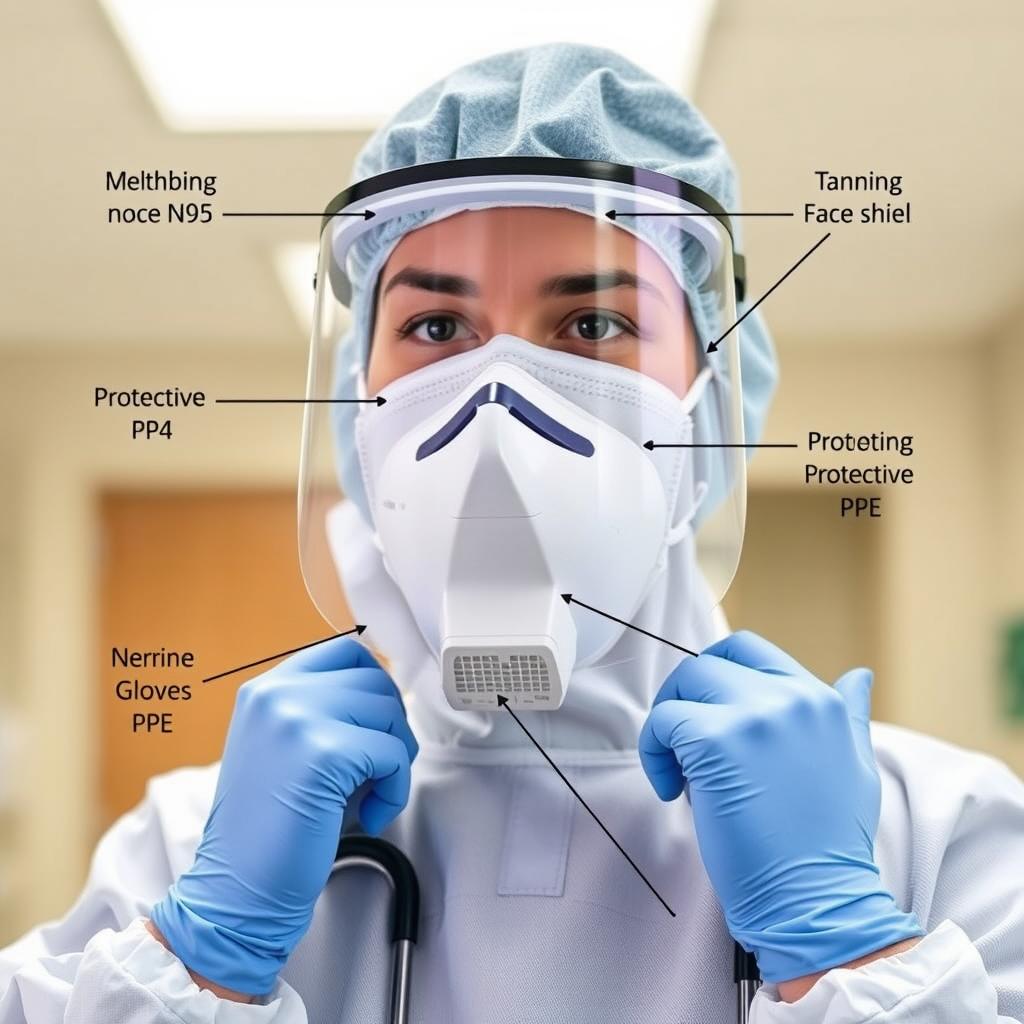
PPE forms the first line of defense against infection transmission, protecting both healthcare workers and patients. This category includes:
- Face masks and respirators
- Gloves (nitrile, latex, vinyl)
- Protective gowns and coveralls
- Face shields and goggles
- Shoe covers and hair caps
Diagnostic Equipment
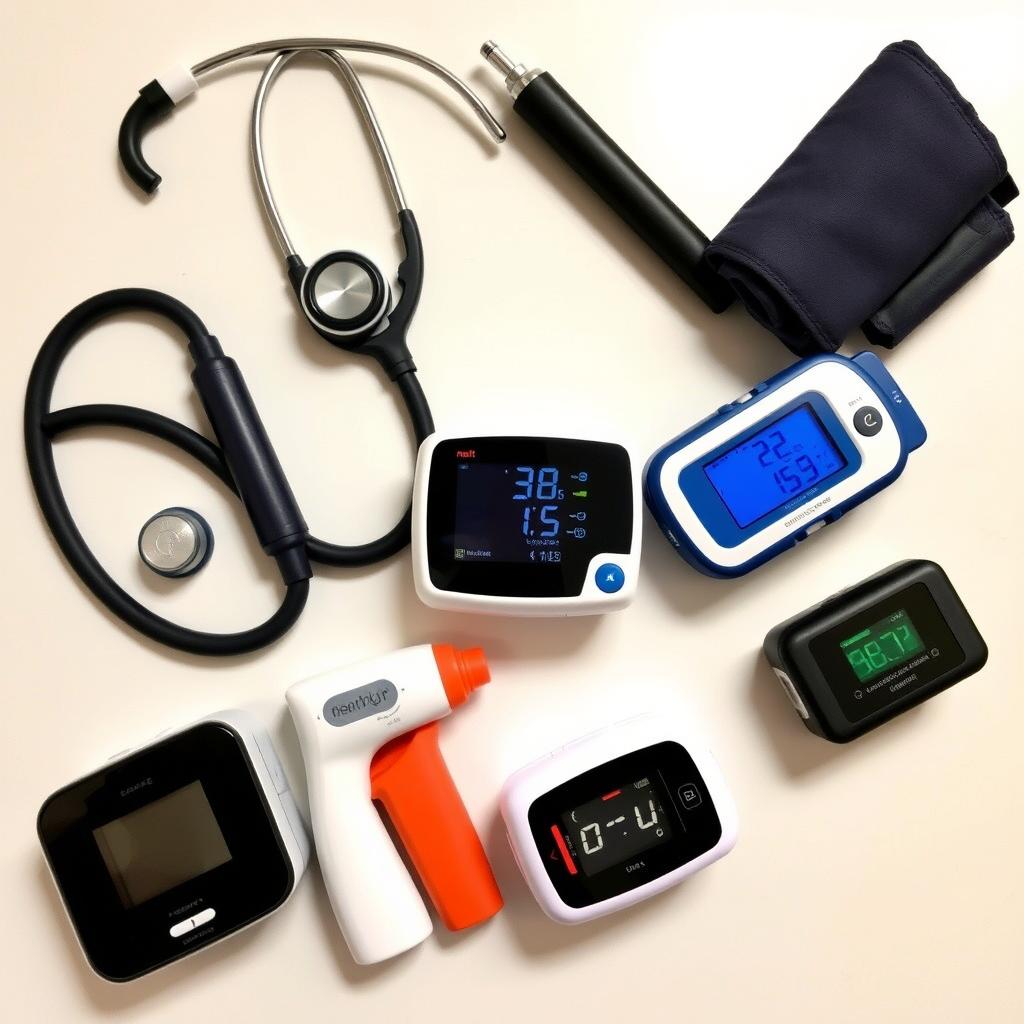
Diagnostic tools enable healthcare providers to assess patient conditions accurately. Key items include:
- Stethoscopes and blood pressure monitors
- Thermometers and pulse oximeters
- Otoscopes and ophthalmoscopes
- Point-of-care testing devices
- Imaging equipment accessories
Wound Care Products
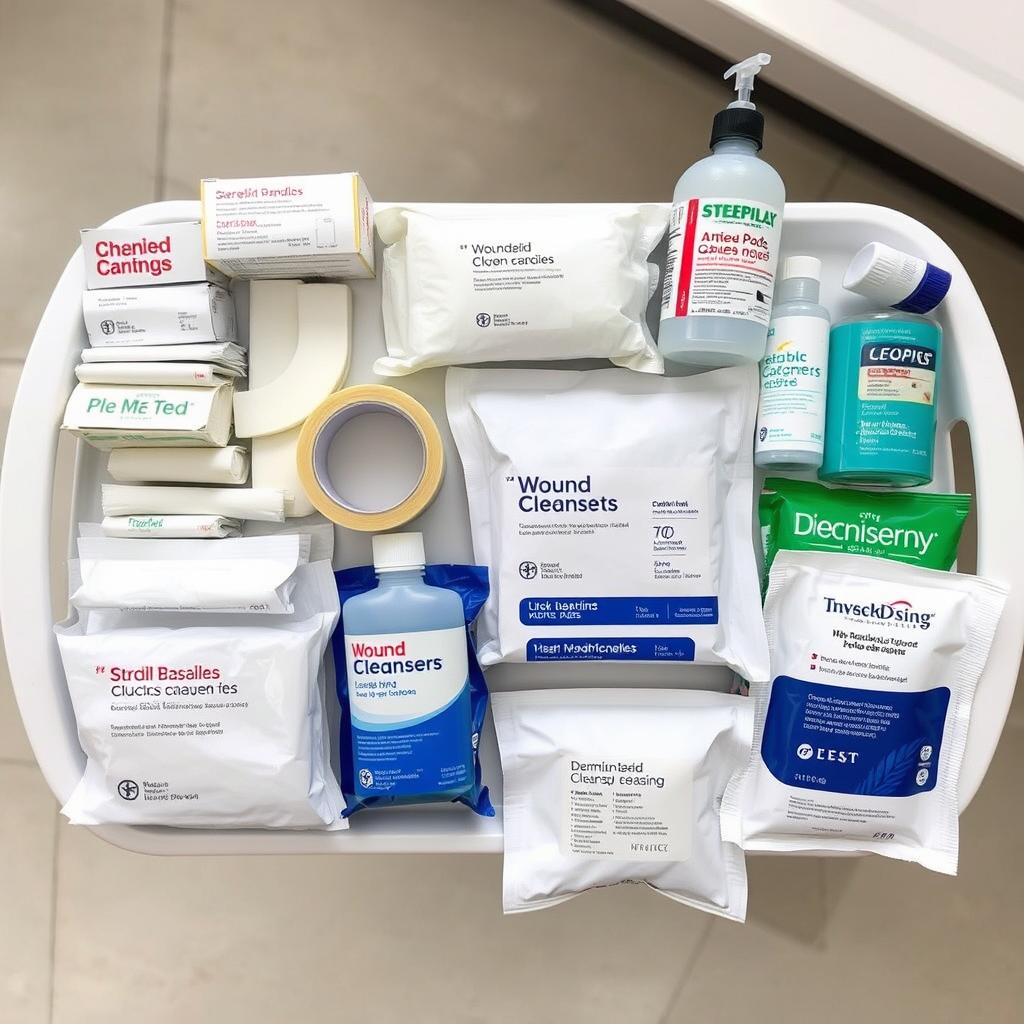
Wound care supplies facilitate healing and prevent infection. This category includes:
- Bandages and dressings
- Gauze and cotton products
- Adhesive tapes and wraps
- Antiseptic solutions
- Advanced wound care products
Infusion and Injection Supplies
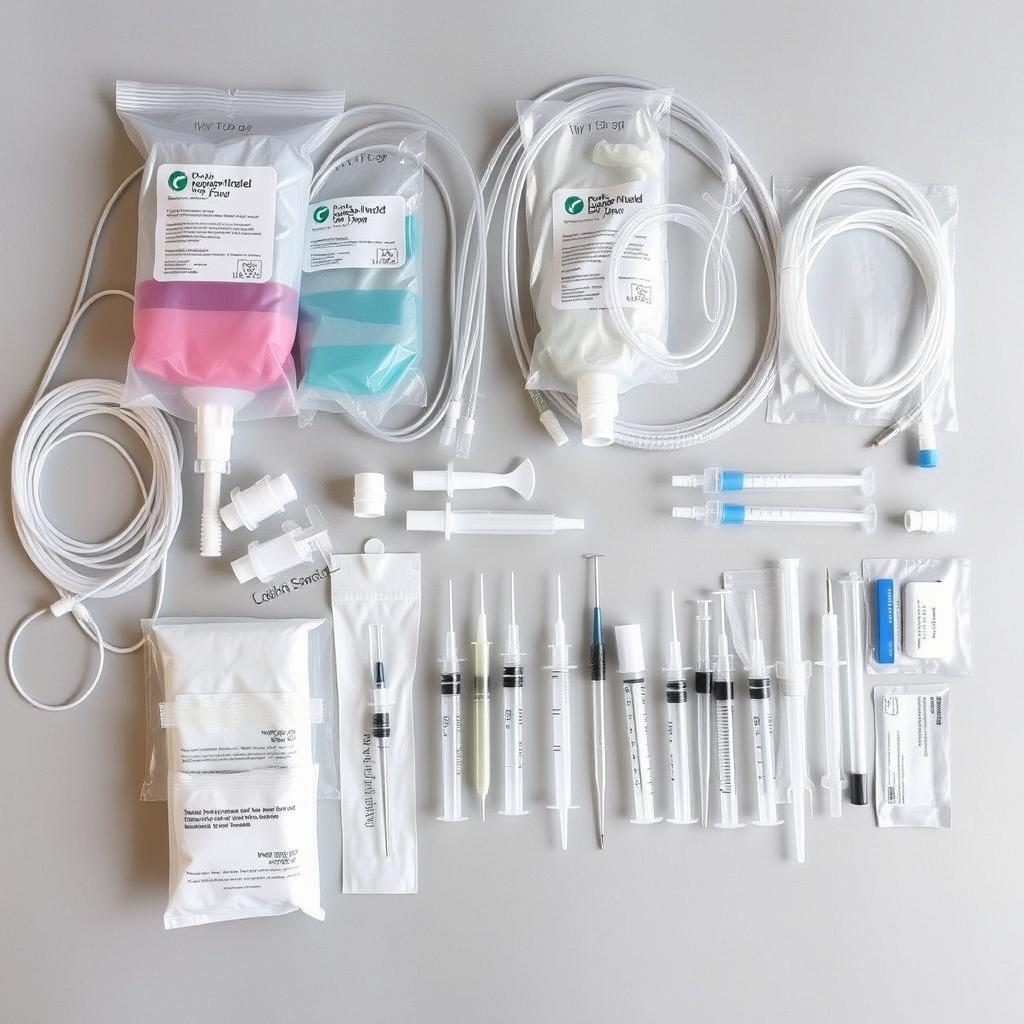
These supplies enable medication and fluid administration through various routes. Key components include:
- Syringes and needles
- IV catheters and administration sets
- IV solutions and containers
- Infusion pumps and accessories
- Injection ports and connectors
Respiratory Supplies
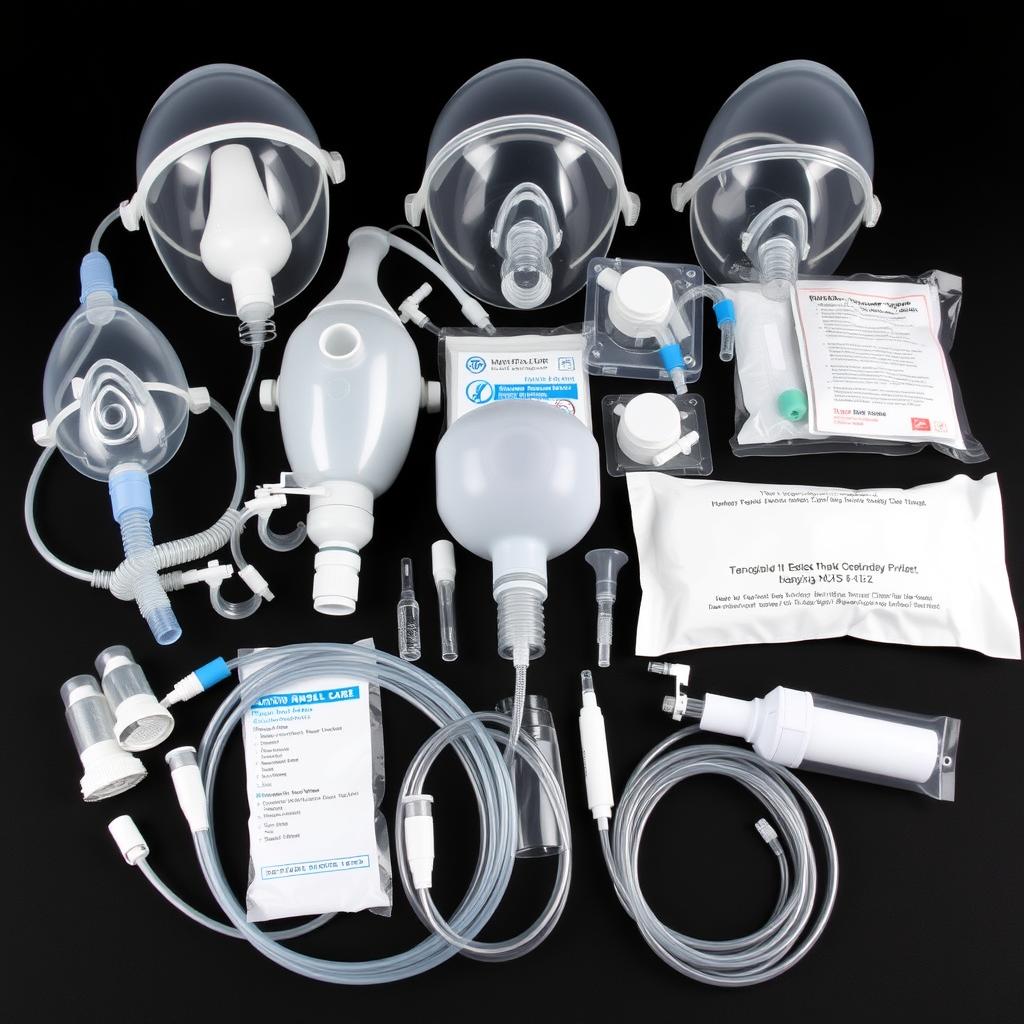
Respiratory supplies support patients with breathing difficulties. This category includes:
- Oxygen delivery devices
- Nebulizers and spacers
- Suction equipment
- Tracheostomy supplies
- CPAP/BiPAP accessories
Patient Care and Mobility
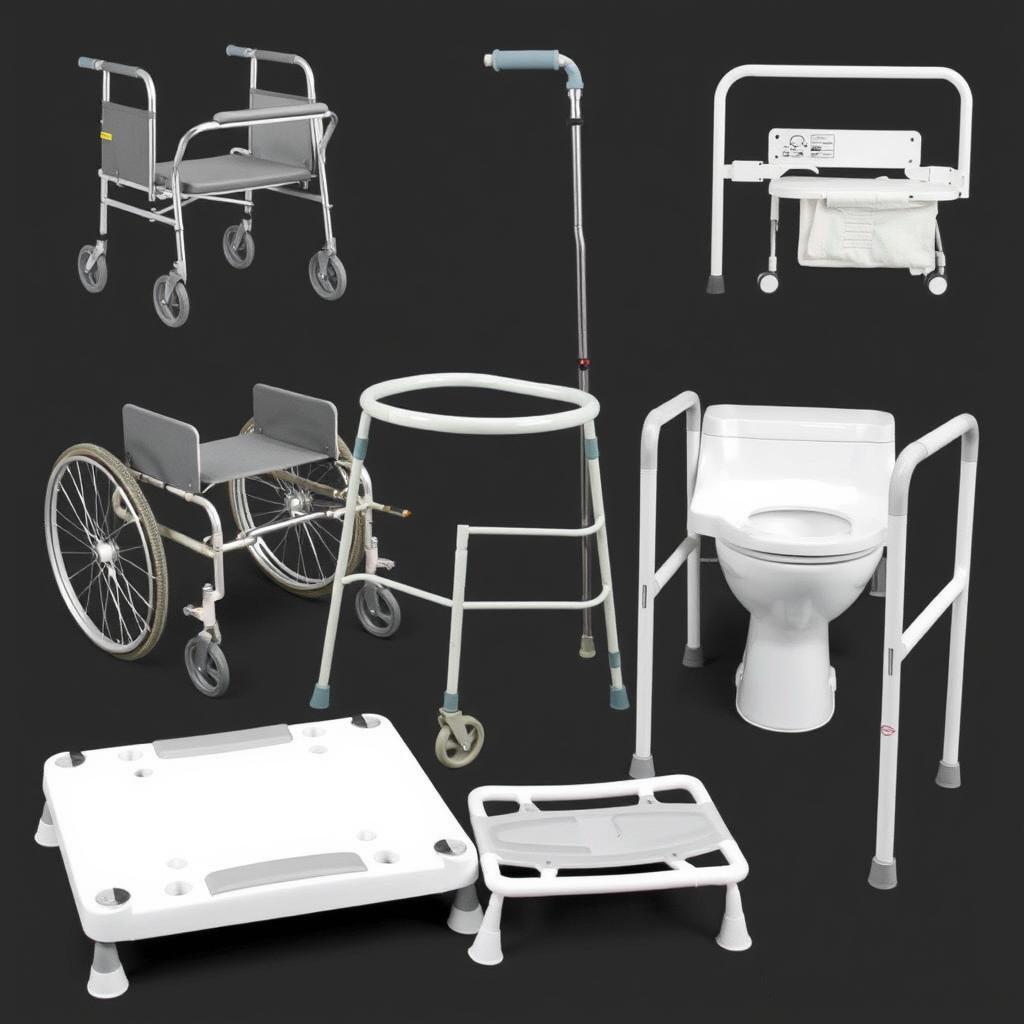
These supplies enhance patient comfort, safety, and mobility. Key items include:
- Mobility aids (walkers, canes, wheelchairs)
- Bathroom safety equipment
- Patient transfer devices
- Positioning aids and supports
- Incontinence and skin care products
Disposable vs. Reusable Medical Supplies: Making the Right Choice
Healthcare facilities face important decisions when choosing between disposable and reusable medical supplies. Each option offers distinct advantages and considerations that impact patient care, environmental sustainability, and operational costs.
| Consideration | Disposable Supplies | Reusable Supplies |
| Initial Cost | Lower per-unit cost | Higher initial investment |
| Long-term Cost | Ongoing purchasing expenses | Lower over time with proper maintenance |
| Infection Control | Eliminates cross-contamination risk | Requires validated sterilization processes |
| Environmental Impact | Higher waste generation | Reduced waste but increased water/energy use |
| Storage Requirements | Larger inventory space needed | Smaller inventory but processing space required |
| Supply Chain Resilience | Vulnerable to shortages | More resilient during supply disruptions |
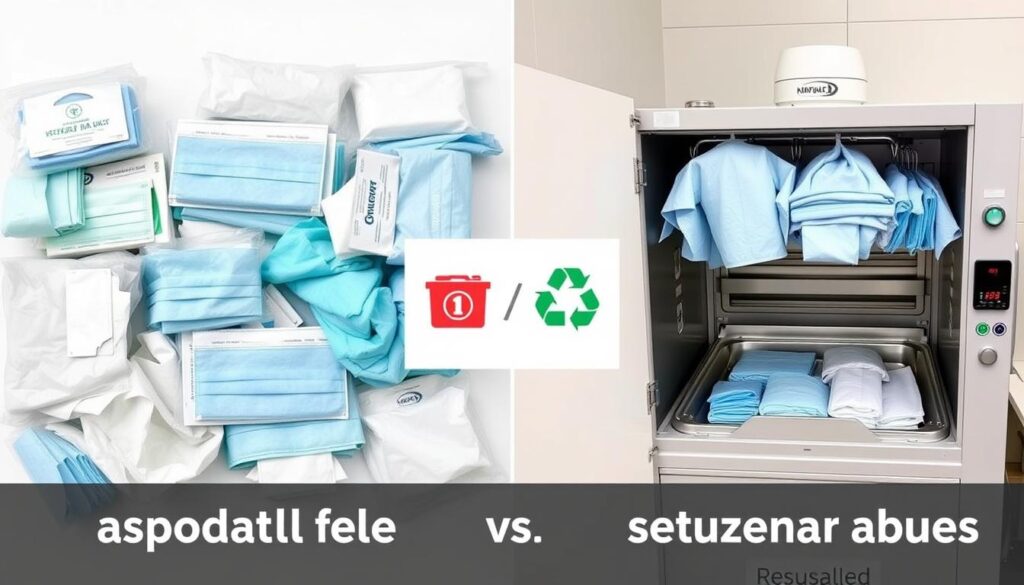
Many healthcare facilities are adopting a hybrid approach, using disposable supplies for high-infection-risk procedures and reusable options for other applications. This balanced strategy optimizes both safety and sustainability while managing operational costs effectively.
Modern Procurement Strategies and Supply Chain Challenges
The procurement of medical supplies has evolved significantly in recent years, driven by technological advancements, changing healthcare delivery models, and lessons learned from global supply chain disruptions. Effective procurement strategies are essential for ensuring supply availability, cost control, and quality assurance.
Key Supply Chain Challenges
- Supply Volatility: Fluctuations in availability due to global events, manufacturing disruptions, or sudden demand surges
- Price Instability: Unpredictable cost variations affecting budget planning and financial sustainability
- Quality Assurance: Ensuring consistent product standards across different suppliers and regions
- Inventory Management: Balancing adequate stock levels without excessive carrying costs
- Regulatory Compliance: Navigating complex and evolving healthcare regulations across jurisdictions
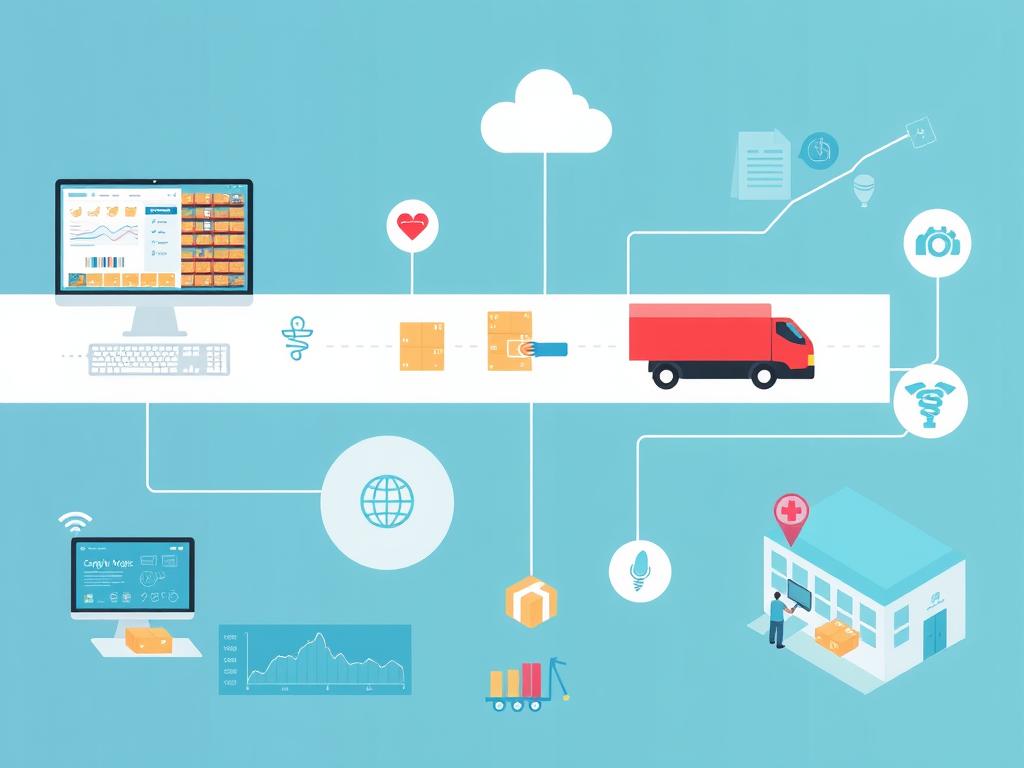
Effective Procurement Strategies
Strategic Sourcing

Developing relationships with multiple qualified suppliers to ensure resilience and competitive pricing. This approach includes:
- Supplier diversification to reduce single-source risks
- Contract optimization with volume-based incentives
- Supplier performance monitoring and evaluation
- Collaborative partnerships for innovation
Data-Driven Inventory Management
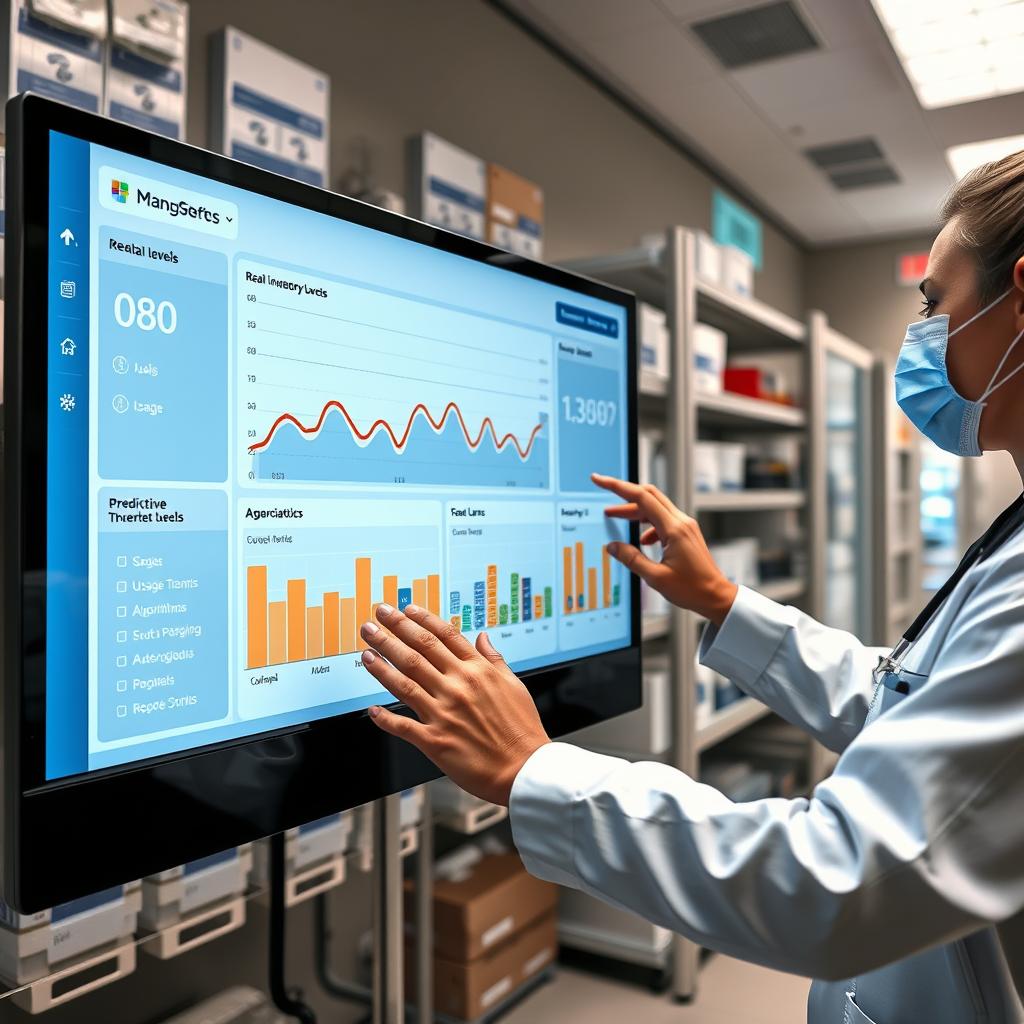
Leveraging analytics to optimize inventory levels and reduce waste. Key components include:
- Demand forecasting based on historical usage patterns
- Just-in-time inventory systems with safety stock parameters
- Automated par level management
- Expiration date tracking to minimize waste
Standardization Initiatives

Reducing product variation to enhance efficiency and negotiating power. This strategy includes:
- Clinical consensus building on preferred products
- Value analysis committees for product evaluation
- Standardized procedure kits and trays
- Reduction of unnecessary product variations
Optimize Your Medical Supply Procurement
Download our comprehensive guide to developing resilient supply chain strategies for healthcare facilities of all sizes.
Innovations Transforming Medical Supply Management
Technological advancements are revolutionizing how healthcare facilities manage their medical supplies, creating opportunities for enhanced efficiency, accuracy, and cost control. These innovations address longstanding challenges while enabling new approaches to supply chain management.
RFID and IoT-Enabled Inventory Systems
Radio-frequency identification (RFID) and Internet of Things (IoT) technologies are transforming inventory management by enabling:
- Real-time tracking of supply locations and quantities
- Automated reordering when supplies reach threshold levels
- Environmental monitoring for temperature-sensitive items
- Enhanced visibility across multiple storage locations
- Reduced manual counting and human error
These systems can reduce inventory costs by 15-30%, improve staff productivity, and reduce stockouts by up to 80%.
Predictive Analytics for Demand Forecasting
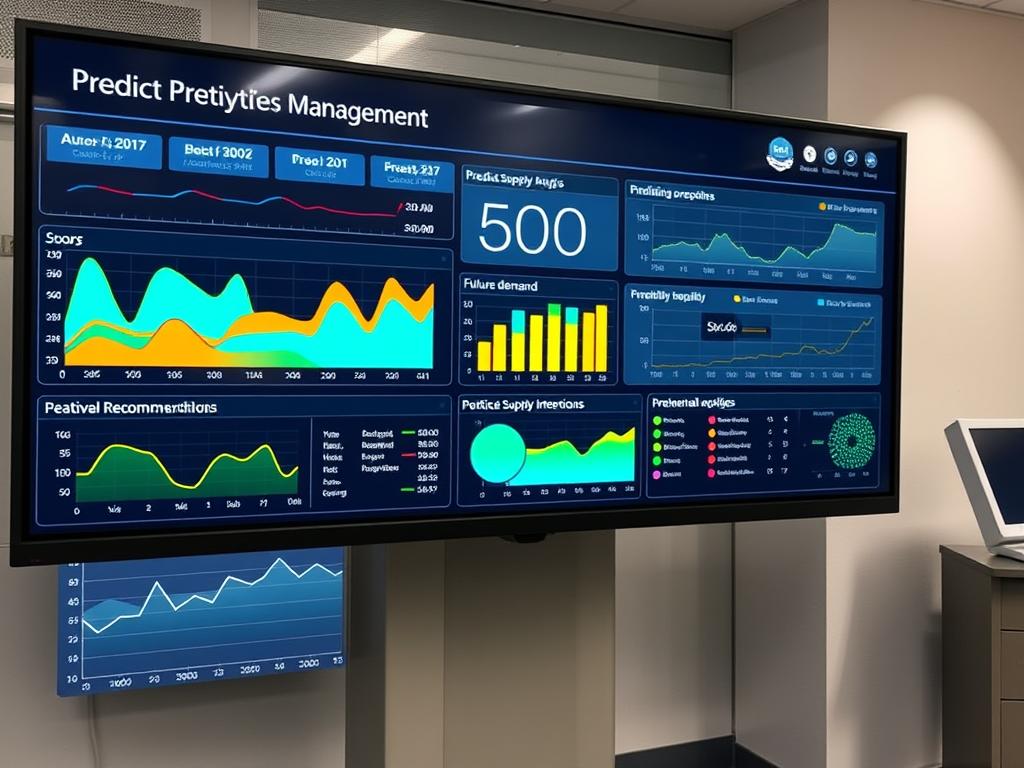
Advanced analytics and artificial intelligence are revolutionizing demand forecasting by:
- Analyzing historical usage patterns to predict future needs
- Incorporating seasonal variations and procedure schedules
- Identifying correlations between patient demographics and supply usage
- Optimizing order quantities and timing
- Alerting to potential supply chain disruptions
Healthcare facilities implementing predictive analytics have reported 20-40% improvements in forecast accuracy and significant reductions in emergency orders.
Blockchain for Supply Chain Transparency
Blockchain technology is enhancing supply chain transparency and security through:
- Immutable records of product origin and handling
- Enhanced verification of product authenticity
- Streamlined contract execution with smart contracts
- Improved recall management and traceability
- Reduced counterfeit products in the supply chain
Early blockchain implementations have demonstrated up to 80% improvement in counterfeit detection and 40-60% reduction in recall response time.
“The future of medical supply management lies at the intersection of digital technology, data analytics, and collaborative supplier relationships. Organizations that embrace these innovations will achieve not only operational efficiency but also enhanced patient care through reliable access to the right supplies at the right time.”
Actionable Tips for Optimizing Medical Supply Management
Healthcare facilities can implement practical strategies to enhance their medical supply management processes, improving efficiency while controlling costs and ensuring availability of critical items.
Immediate Implementation Strategies
- Conduct a comprehensive supply audit to identify usage patterns, excess inventory, and frequently stockout items
- Implement a two-bin Kanban system for high-volume supplies to simplify reordering processes
- Establish a value analysis committee with clinical and supply chain representatives to evaluate product selections
- Develop standardized par levels based on actual usage data rather than historical ordering patterns
- Create emergency supply protocols with clearly defined triggers and response procedures

Strategic Long-Term Approaches
Collaborative Supplier Relationships
Move beyond transactional purchasing to strategic partnerships by:
- Establishing regular performance review meetings
- Developing shared risk agreements for critical supplies
- Creating transparency around forecasting and demand planning
- Exploring vendor-managed inventory models
Cross-Functional Integration
Break down silos between departments through:
- Regular communication between clinical and supply chain teams
- Shared metrics that align clinical outcomes with supply efficiency
- Clinical input in product selection and standardization
- Supply chain representation in clinical procedure planning
Continuous Improvement Culture
Foster ongoing optimization through:
- Regular process evaluation and refinement
- Staff education on supply management best practices
- Benchmarking against industry standards
- Recognition programs for cost-saving innovations
| Common Challenge | Optimization Strategy | Expected Outcome |
| Frequent stockouts of critical items | Implement safety stock calculations based on usage variability | 95%+ availability of critical supplies |
| Excessive expired products | First-in-first-out (FIFO) protocols with expiration tracking | Reduction in waste by 30-50% |
| Inefficient ordering processes | Automated ordering based on par levels and usage data | 70% reduction in ordering time |
| Poor visibility across locations | Centralized inventory management system with location tracking | Complete enterprise-wide inventory visibility |
| Uncontrolled supply costs | Product standardization and volume-based contracting | 10-20% reduction in supply expenditures |
Future Trends in Medical Supply Logistics
The landscape of medical supply management continues to evolve rapidly, driven by technological innovation, changing healthcare delivery models, and lessons learned from recent global disruptions. Understanding emerging trends can help healthcare facilities prepare for future challenges and opportunities.

Automation and Robotics
The integration of robotics and automation will transform medical supply handling through:
- Autonomous mobile robots for supply transport
- Robotic picking systems in central supply areas
- Automated packaging and sterilization processes
- Drone delivery for urgent supplies in remote areas
These technologies will reduce labor costs while improving accuracy and efficiency in supply distribution.
3D Printing and On-Demand Manufacturing
Additive manufacturing will enable point-of-care production of certain medical supplies:
- Custom surgical instruments and anatomical models
- Personalized prosthetics and orthotics
- On-demand production of hard-to-source components
- Reduced dependency on traditional supply chains for selected items
This approach will enhance customization while reducing lead times for specialized items.
Sustainable Supply Practices
Environmental considerations will increasingly influence supply decisions:
- Eco-friendly packaging and product materials
- Carbon footprint tracking across the supply chain
- Circular economy models with product reprocessing
- Supplier selection based on sustainability metrics
Healthcare organizations will balance clinical needs with environmental responsibility in their procurement practices.
Preparing for the Future of Medical Supply Management
Healthcare facilities can position themselves for success by:
- Investing in flexible, scalable inventory management systems
- Developing staff capabilities in data analytics and digital technologies
- Creating agile procurement processes that can adapt to changing conditions
- Building collaborative networks with other healthcare providers for resource sharing
- Establishing innovation partnerships with supply chain technology providers
Conclusion: Building Resilient Medical Supply Systems
Effective management of medical supplies represents a critical foundation for healthcare delivery excellence. By understanding the diverse categories of medical supplies, implementing strategic procurement approaches, and embracing innovative technologies, healthcare facilities can build resilient supply systems that support optimal patient care while controlling costs.
The challenges highlighted by recent global events have underscored the importance of adaptable, transparent, and efficient supply chains. Organizations that invest in developing these capabilities will be better positioned to navigate future disruptions while maintaining consistent access to the essential medical supplies that enable quality care delivery.
As healthcare continues to evolve, so too will the approaches to medical supply management. By staying informed about emerging trends and best practices, healthcare leaders can ensure their organizations remain at the forefront of supply chain excellence, ultimately supporting their core mission of providing exceptional patient care.
Transform Your Medical Supply Management
Contact our healthcare supply chain experts today to discuss your specific challenges and discover tailored solutions.






